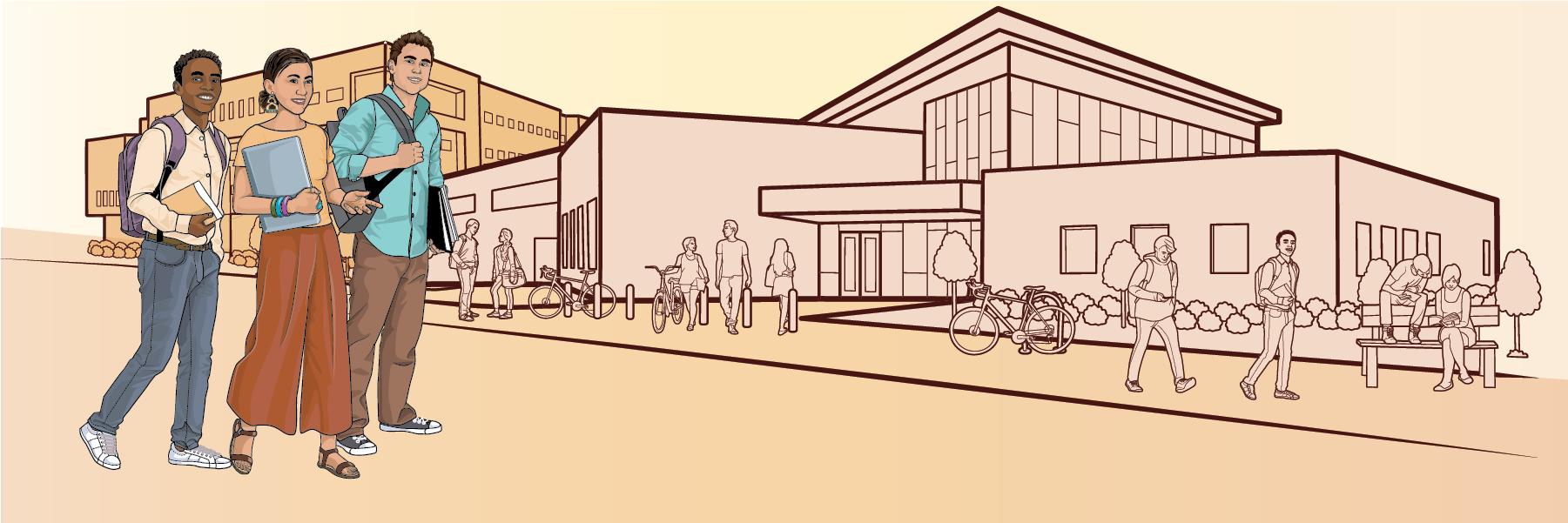A Guide to Getting Started
Look around
Gather your data
Engage your team
Sample activities
DOWNLOAD THE GUIDE (Coming Soon!)
Look Around: Career Self-Assessment
STEP 1:
Take Inventory--The goal of the inventory is to document where career exploration is occurring at the college and what career exploration efforts are systemic--that is, all students are encouraged to participate.
STEP 2:
Clarify gaps--Career exploration in community college ideally exists on a continuum where students are not only encouraged to explore, but are also encouraged to continue this exploration in work-based learning, job shadowing, and internship opportunities. Career exploration can help students experience the workplace early and deepen their understanding of their field of study. This can help students clarify what they do and don’t like in a work experience. Part of supporting career exploration is supporting a student when they decide to change their major or career path.
Use the metamajor structure to help you identify where your career exploration efforts are and are not occurring in the student’s journey.
2. Gather Your Data
Take inventory of programs with a work experience or internship component.
Identify the program.
Identify the requirements and who participates.
Disaggregate this data by gender, race and other equity considerations.
Take inventory of students attending career counseling sessions.
Who are they?
What brought them to career counseling?
Disaggregate this data by gender, race and other equity considerations.
Conduct focus groups to help identify where students are learning about careers and what the college can do to support further career development.
3. Engage Your Team
Whom should you include?
Counseling and Instructional Faculty
Program staff from Workforce Development
Classified staff from Admissions and Records, Outreach, and Counseling
Deans overseeing Outreach, Admissions and Records, and Workforce Development
How do we get started?
Start with your self-assessment and data to help understand which students experience career-focused events or services or participate in work-based learning.
Develop questions in groups that can lead to ideas for solutions. Center students furthest from opportunities both in college and career opportunities and bring to the forefront discussions about how to ensure the college is not replicating historical patterns of occupational segregation by race, ethnicity, and gender.
Here are some questions to get you started.
How can we ensure that students start their college journey exploring careers?
How can we build work-based learning and career exploration into a first-year program for students?
Do we have adequate relationships with local industry to support intentional exposure to work-based learning and internships? How might we build stronger relationships?
How might we support faculty to integrate career exploration into their courses? What are key core classes for our metamajors where we might be able to ensure all students in a metamajor are encouraged to explore careers?
4. Sample Activities
Sample Activity 1: Ensuring Career Exploration in the First Year
In this activity, try to include student participants to help you understand where they are being exposed to careers and where they aren’t. Encourage the students to provide their personal experience where they can.







